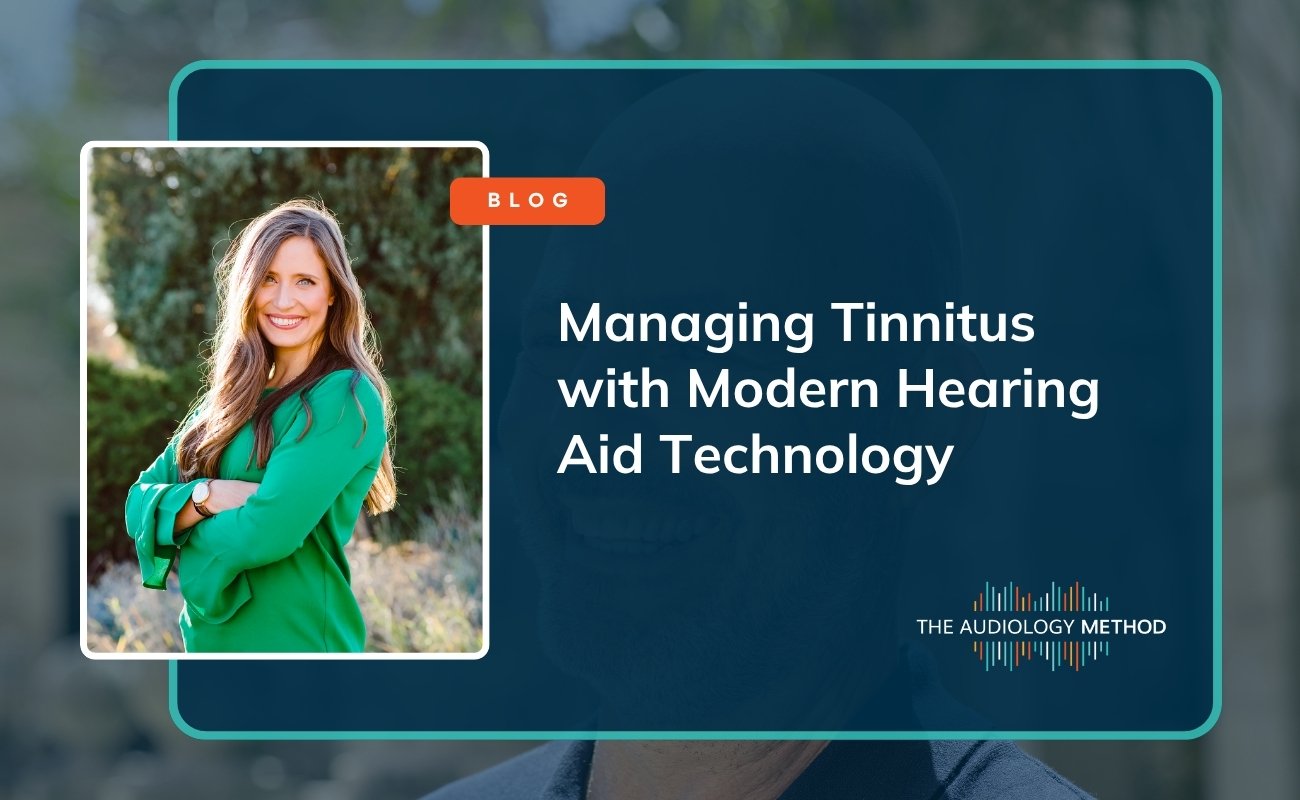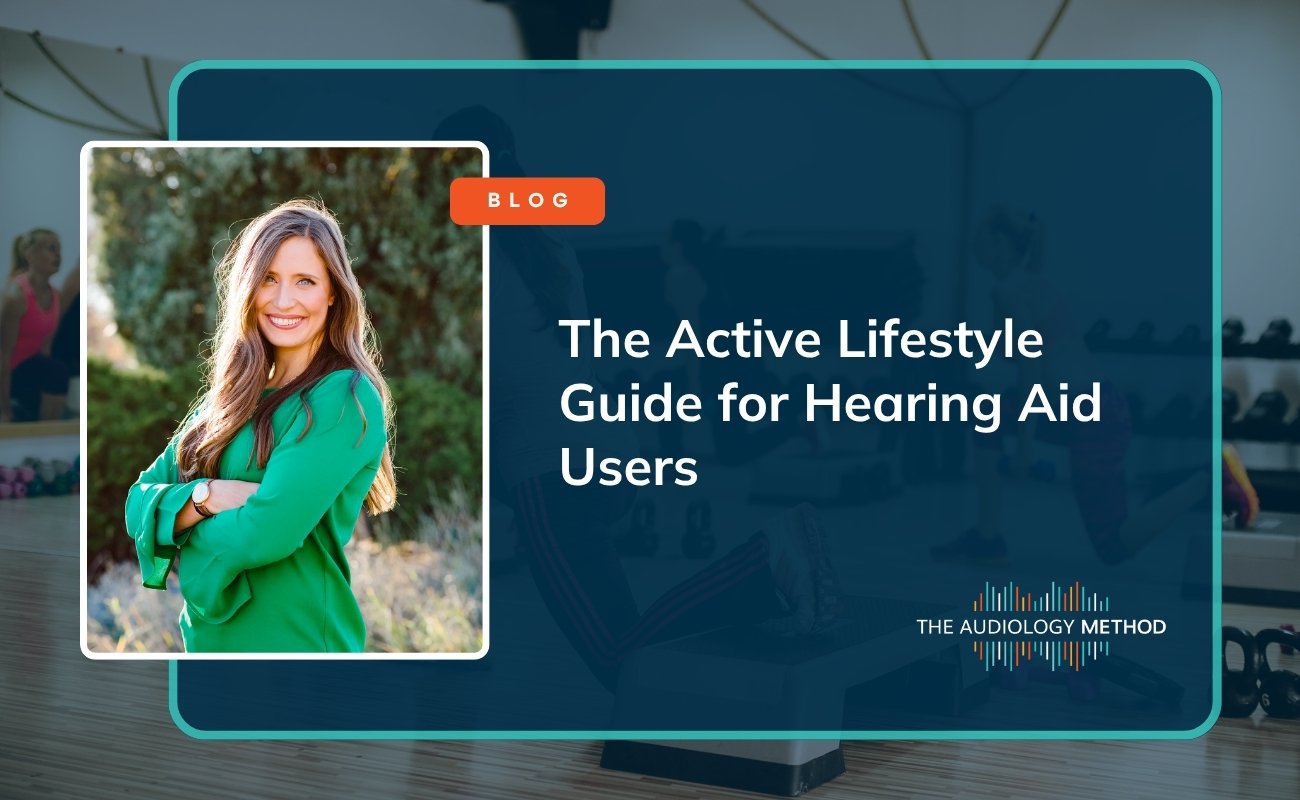

Have you ever wondered if you really need hearing aids for both ears, especially when one ear seems to hear better? You're not alone - this is one of the most common questions we hear from our patients. The truth is, our ears naturally work as a team, combining their efforts to help us communicate and stay aware of our surroundings.
Think of your ears as partners in conversation. When they work together, each one contributes valuable information to your brain, making it easier to understand speech and navigate your environment. This natural teamwork explains why treating hearing loss in both ears often leads to the best results.
Think about the last time you were at a busy restaurant. Your brain was doing something amazing - using both ears to help you focus on your dinner companion's voice while pushing background noise aside. This happens because your brain compares the subtle differences in sound between your ears, almost like having your own built-in noise-canceling system. When hearing loss affects even one ear, this delicate balance gets thrown off.
Most people with hearing loss struggle most in noisy places like restaurants or family gatherings. This is where having two well-functioning ears makes a huge difference. Just ask our patient Tom, who initially tried using just one hearing aid. "I thought I could get by with treating just my worse ear," he told us. "But once I tried two hearing aids, the difference in noisy places was night and day. I could finally enjoy dining out with my family again."
Your brain needs input from both ears to figure out where sounds are coming from. This isn't just about convenience - it's about safety and confidence too. With two working ears, you can tell which direction traffic is coming from, know who's calling your name at a gathering, or locate a phone ringing in your house. These everyday situations become much easier when both ears are working together.
Being able to hear with both ears can make a dramatic difference in everyday situations. Walking with a friend becomes more enjoyable when you can hear them clearly without turning your head. Group conversations at family dinners flow more naturally because you can follow the back-and-forth between people sitting on either side of you. Even simple pleasures, like hearing birds chirping or leaves rustling in the wind, become richer and more fulfilling when experienced with balanced hearing from both sides.
Have you ever felt exhausted after a day of straining to hear? When you're only hearing well from one ear, your brain has to work overtime to fill in the gaps. Many of our patients who switch from one hearing aid to two tell us they feel less tired at the end of the day because listening becomes more natural and requires less effort.
Your ears do more than just help you hear - they're also crucial for keeping you steady on your feet. Inside each ear is a complex system that helps control your balance, working alongside the hearing parts of your ear. When both ears work together properly, they give your brain matching signals about your position in space, helping you stay stable and oriented.
Many of our patients share how hearing loss affected their social lives before getting help. Some stopped going to their favorite restaurants because it was too frustrating to follow conversations. Others withdrew from group activities or family gatherings. With properly fitted hearing aids for both ears, they rediscover the joy of social connection. One patient recently told us, "I didn't realize how much I'd been missing until I could hear clearly from both sides. Now I'm back to hosting weekly card games with my friends."
Picture two hearing aids that actually talk to each other, sharing information about your surroundings in real time. That's exactly what today's advanced devices like the Phonak Infinio and Starkey Edge AI can do. When you turn to face a new speaker, your hearing aids adjust together. When background noise increases on one side, both devices adapt to help you stay focused on what matters.
Some people worry that wearing two hearing aids will be overwhelming at first. While there is an adjustment period, most of our patients find that wearing two devices actually makes the transition easier. Your brain adapts more naturally to balanced sound from both sides, similar to how it processed sound before hearing loss developed. We guide you through this adjustment period with regular check-ins and fine-tuning appointments to ensure you're comfortable and getting the most benefit from your devices.
The success of hearing aids depends largely on how well they're programmed to your specific needs. We use Real Ear Measurements to verify that your hearing aids are providing the right amount of sound - not just what looks good on paper, but what actually works in your ear canal. This scientific approach helps ensure you're getting the most from your hearing technology.
"Will I really notice a difference with two hearing aids?" This is a question we hear often in our office. While everyone's needs are different, we consistently see better results when patients choose to treat both ears. Our patients tell us they feel more connected to conversations and less drained at the end of the day.
Think of hearing aids as an investment in your quality of life. While treating both ears may seem like a bigger commitment initially, our patients consistently tell us the benefits far outweigh the cost. Better hearing means staying more engaged with family, continuing to work effectively, enjoying social activities, and maintaining your independence. These are priceless advantages that impact every aspect of daily life.
Ready to experience the difference two ears can make? We'd love to show you how today's hearing technology can help you hear your best. Give us a call to schedule time with one of our audiologists - we'll help you understand your options and find the right solution for your lifestyle.


